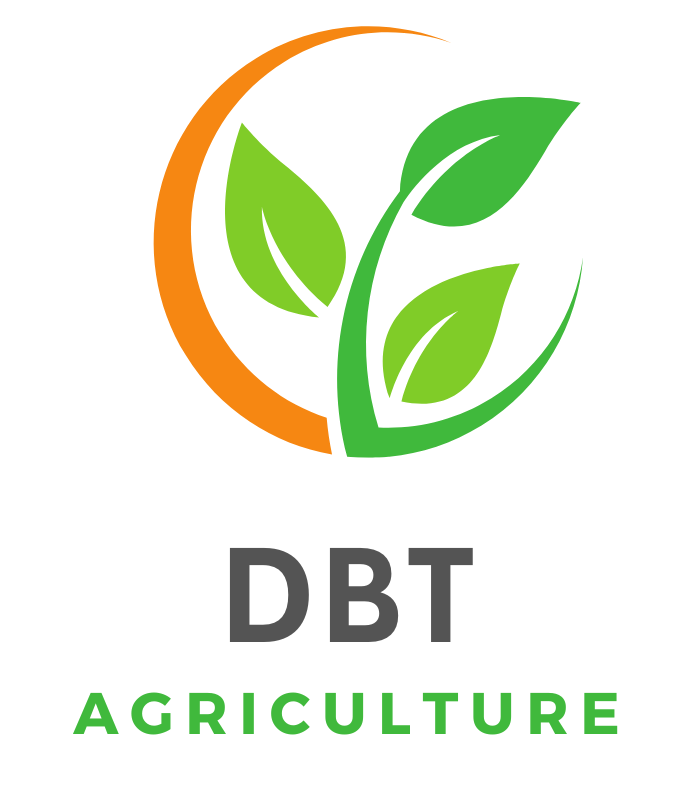Student loan consolidation is a financial strategy that can help streamline your payments, potentially reduce your interest rates, and make your overall loan management easier. For many individuals with multiple student loans, consolidation can offer significant benefits. This comprehensive guide will delve into the intricacies of student loan consolidation, examining its advantages, the different types available, and key considerations to keep in mind.
Understanding Student Loan Consolidation
Student loan consolidation involves combining multiple student loans into a single loan with a new interest rate and payment plan. This process can simplify your financial life by reducing the number of payments you need to make each month and potentially lowering your monthly payment amount.
Types of Student Loan Consolidation
There are primarily two types of student loan consolidation: Federal Student Loan Consolidation and Private Student Loan Consolidation. Each type serves different needs and has unique benefits.
Federal Student Loan Consolidation
Federal student loan consolidation, also known as Direct Consolidation, is a program offered by the U.S. Department of Education. It allows borrowers to combine multiple federal student loans into a single Direct Consolidation Loan. This process has several advantages:
- Single Monthly Payment: By consolidating, you only need to make one payment per month instead of multiple payments to different loan servicers.
- Extended Repayment Terms: Federal Direct Consolidation Loans offer extended repayment terms of up to 30 years, which can lower your monthly payments.
- Income-Driven Repayment Plans: Consolidated loans are eligible for income-driven repayment plans, which adjust your monthly payment based on your income and family size.
- Loan Forgiveness: If you’re working in public service, consolidating your loans may help you qualify for Public Service Loan Forgiveness (PSLF).
Private Student Loan Consolidation
Private student loan consolidation, often referred to as refinancing, involves taking out a new loan from a private lender to pay off one or more existing private loans. This option offers several potential benefits:
- Lower Interest Rates: If you have a strong credit history and a stable income, you might qualify for a lower interest rate, which can reduce the total cost of your loan over time.
- Flexible Terms: Private lenders often offer various repayment terms and options, allowing you to choose a plan that fits your financial situation.
- Possibility of Lower Monthly Payments: By extending the term of your loan, you might be able to lower your monthly payment, though this could increase the total interest paid over the life of the loan.
The Benefits of Student Loan Consolidation
Consolidating your student loans can provide several key benefits that enhance financial management and overall loan experience.
Simplified Financial Management
Managing multiple student loans can be overwhelming, especially when each loan has a different payment due date. Consolidation simplifies this by merging all your loans into one, which can make it easier to stay organized and on top of payments.
Potential for Lower Monthly Payments
By consolidating, especially if you extend the repayment term, you may lower your monthly payments. This can be particularly beneficial if you are struggling to meet your current payment obligations.
Access to Better Repayment Plans
Federal student loan consolidation can provide access to income-driven repayment plans and other flexible repayment options that may not have been available with your original loans.
Improved Credit Score
A streamlined payment process and reduced number of accounts can positively impact your credit score over time. Consistent, on-time payments are crucial for maintaining a healthy credit profile.
Considerations Before Consolidating Your Loans
While consolidation offers many benefits, it’s important to carefully consider your options before proceeding.
Loss of Borrower Benefits
Federal loans come with certain borrower benefits, such as interest rate discounts and principal rebates. Consolidating your loans may result in the loss of these benefits, so it’s essential to review what you might be giving up.
Interest Rate Calculation
For federal student loan consolidation, the new interest rate is a weighted average of the interest rates on your existing loans, rounded up to the nearest one-eighth percent. This means that while you may save on some loans, others might see a slight increase in their interest rates.
Impact on Loan Forgiveness
If you are pursuing loan forgiveness programs such as PSLF, consolidating your loans can affect your progress. Ensure that you understand how consolidation will impact your eligibility for forgiveness before making any decisions.
Private Lender Terms
When consolidating private loans, carefully review the terms and conditions offered by the new lender. Look for competitive interest rates, flexible repayment options, and any fees or charges that might apply.
How to Get Started with Student Loan Consolidation
Getting started with student loan consolidation involves a few straightforward steps:
Evaluate Your Loans
Begin by listing all your student loans, including their types, balances, and interest rates. This will help you understand what you’re consolidating and how it will affect your payments.
Compare Consolidation Options
Research and compare both federal and private consolidation options. For federal loans, use the Direct Consolidation Loan program. For private loans, obtain quotes from various lenders to find the best terms.
Apply for Consolidation
Once you’ve chosen the best consolidation option, complete the application process. For federal consolidation, you can apply through the Federal Student Aid website. For private consolidation, you will need to apply through the chosen lender’s website.
Monitor Your Loan
After consolidation, keep track of your new loan’s balance, interest rate, and repayment terms. Ensure that payments are made on time to maintain a good credit score and avoid penalties.
Conclusion
Student loan consolidation can be a powerful tool for managing and simplifying your student loan payments. By understanding the types of consolidation available, evaluating the benefits and considerations, and carefully choosing the right option for your needs, you can take control of your student loans and potentially improve your financial situation.
